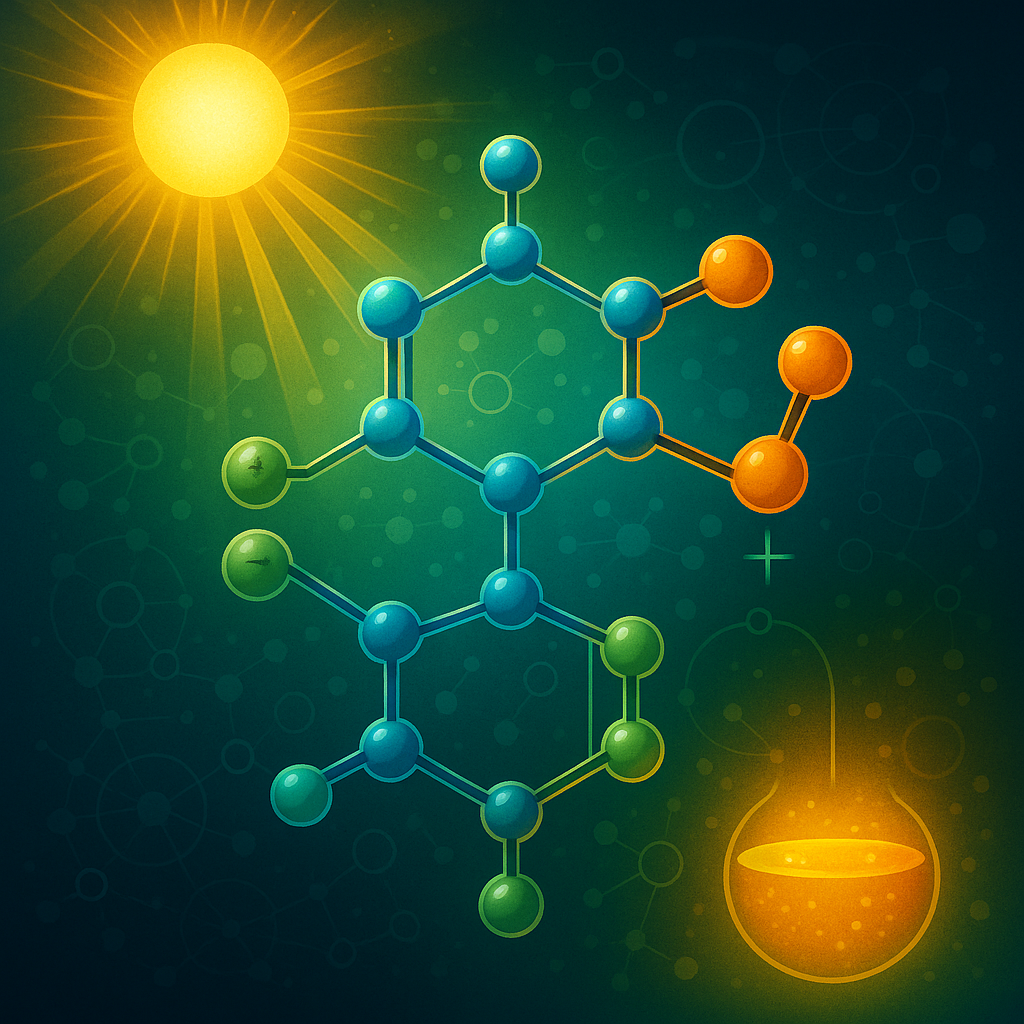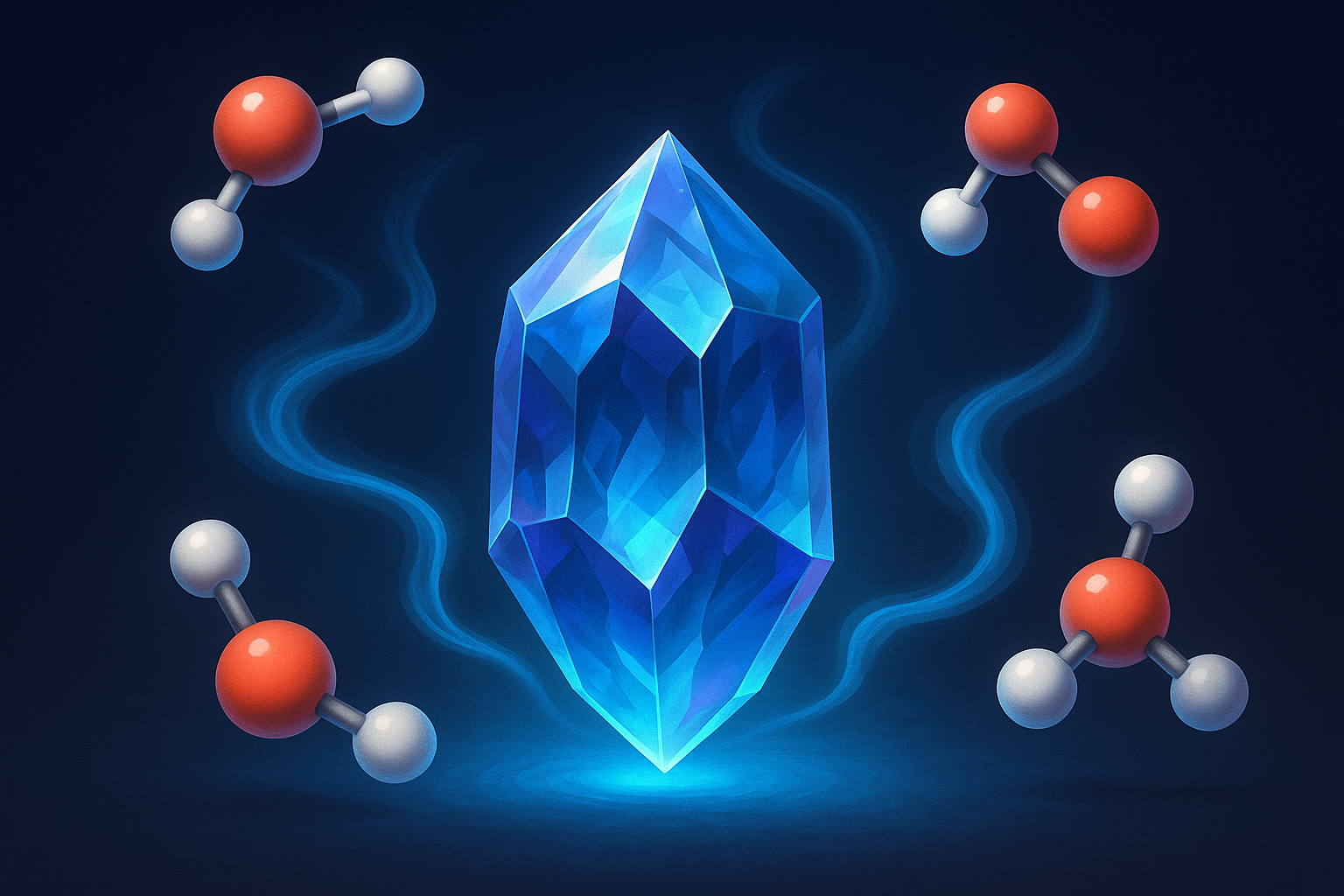
Artificial Photosynthesis Molecule Turns Sunlight into Fuel
A breakthrough artificial photosynthesis molecule is helping scientists move closer to sustainable solar fuels. Researchers at the University of Basel created a unique structure that can store two positive and two negative charges under light exposure. This design mimics plant photosynthesis and could enable carbon-neutral fuels for the future.
How the Artificial Photosynthesis Molecule Works
Plants use sunlight to turn CO₂ into sugars, powering nearly all life. Inspired by this process, scientists aim to use an artificial photosynthesis molecule to produce fuels such as hydrogen, methanol, and synthetic petrol. When burned, these fuels would only release the CO₂ used to create them, making them climate-friendly and sustainable.
A Molecule with a Unique Design
In Nature Chemistry, Professor Oliver Wenger and doctoral student Mathis Brändlin presented a new artificial photosynthesis molecule with a five-part structure. One side releases electrons and becomes positively charged, while the other side captures them and becomes negatively charged. The center absorbs sunlight and triggers the electron transfer. This arrangement allows the molecule to hold four charges at once, which is essential for storing solar energy.
Stepwise Light Excitation for Energy Storage
The researchers used two light flashes to activate the molecule. The first flash generated one positive and one negative charge. The second flash repeated the process, leaving two positive and two negative charges. This stepwise approach allowed the system to work with much dimmer light, closer to natural sunlight. Unlike earlier methods that required strong lasers, this process makes artificial photosynthesis more realistic.
Towards Sustainable Solar Fuels
Although the artificial photosynthesis molecule has not yet created a full fuel cycle, it marks an important step forward. The charges remain stable long enough to drive chemical reactions, such as splitting water into hydrogen and oxygen. According to Wenger, this discovery provides a critical puzzle piece for future carbon-neutral fuels and brings us closer to a sustainable energy system powered by sunlight.
Read: The Hidden DNA Organizer Linking Fertility and Cancer.






